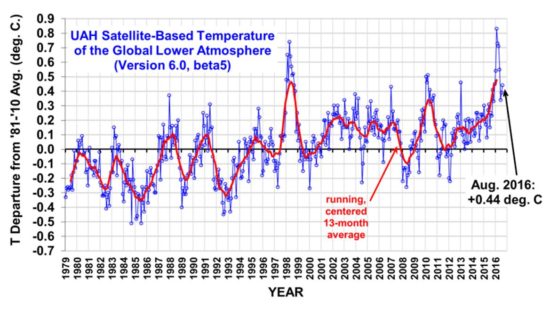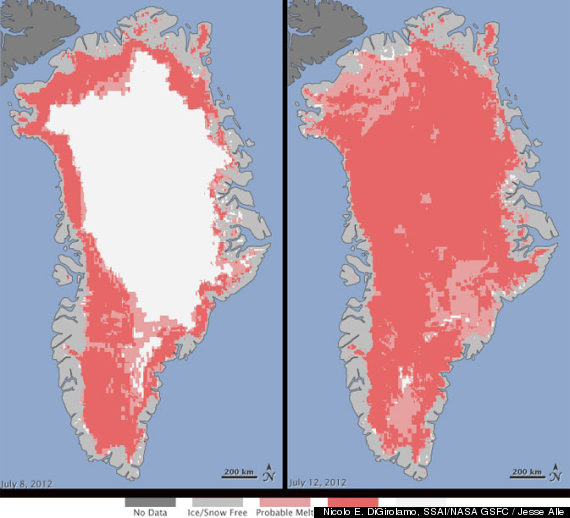- Banned
- #101
Greenhouse warming is up
The ONLY "warming" in the raw data is from the surface of growing urban areas.... this, the deliberate misinterpretation of the URban Heat Sink Effect on the SURFACE Ground Temp series...
NASA Visible Earth: In the City, Bright is the New Black
urban areas regularly record air temperatures as much as 6° Celsius (10° Fahrenheit) hotter than the surrounding suburban and rural areas.
In other words, as we go from nature to Tokyo, we warm 10 full degrees.
The atmosphere is not warming
The oceans are not warming
90% of Earth ice on Antarctica is growing
.....
ZZZZZZZZZZZZZZzzzzzzzzzzzzzzzzzzz


